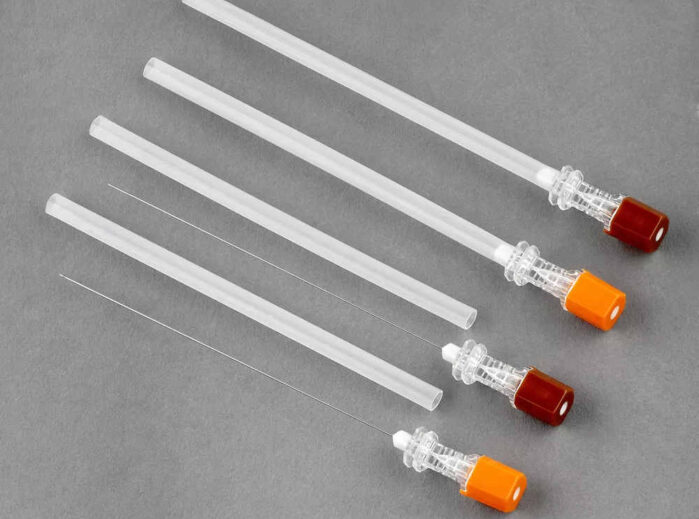Introduction to Spinal Needles
Spinal needles play a pivotal role in modern medical practice, offering precision and safety in various procedures. This article delves into the intricate world of spinal needles, shedding light on their importance in healthcare.
Historical Evolution of Spinal Needles
The journey of spinal needles, from their inception to their current state, reveals a fascinating evolution. We trace their development, highlighting key milestones.
Types of Spinal Needles
Various types of spinal needles cater to different medical needs. We explore each type, detailing their specific applications and benefits.
The Anatomy of a Spinal Needle
Understanding the design and components of spinal needles is crucial. This section breaks down their anatomy, explaining how each part functions.
The Science Behind Spinal Needles
Spinal needles are more than just tools; they are marvels of medical engineering. We discuss how they interact with the human body to provide relief and conduct diagnoses.
Indications for Use
Spinal needles are not just for spinal anesthesia. We discuss other common medical scenarios where these needles are indispensable.
Technique of Spinal Needle Insertion
Proper insertion technique is vital. This step-by-step guide provides insights into the procedure, ensuring safety and effectiveness.
Patient Positioning
Correct patient positioning can make a significant difference. We emphasize its importance in the success of procedures involving spinal needles.
Anatomical Landmarks
Identifying the right insertion points is critical. This part covers the anatomical landmarks essential for successful spinal needle insertion.
Risks and Complications
Despite their benefits, spinal needles come with risks. We discuss these complications and how they impact patient safety.
Mitigating Risks
Understanding how to minimize potential complications is key. This section provides strategies to reduce risks associated with spinal needle procedures.
Innovations in Spinal Needle Design
The field of spinal needles is ever-evolving. We explore recent technological advancements and how they enhance medical practice.
Future of Spinal Needles
What does the future hold for spinal needles? We predict upcoming trends and how they might revolutionize medical procedures.
Professional Perspectives
Insights from medical experts provide a deeper understanding of spinal needles. We include opinions and recommendations from professionals in the field.
Conclusion
In conclusion, spinal needles are a cornerstone of modern medicine. This article summarizes their significance, applications, and future prospects.
FAQs
- What are spinal needles and why are they used? Spinal needles are specialized medical needles used primarily for spinal anesthesia, lumbar puncture, and diagnostic sampling of cerebrospinal fluid. Their design allows them to safely penetrate the spinal canal without causing significant damage to spinal structures.
- How has the design of spinal needles evolved over time? The design of spinal needles has evolved significantly since their first use by J. Leonard Corning in 1885. Early designs included long-beveled needles, which have since been refined to shorter-beveled, small-gauge needles to reduce the risk of complications like post-dural puncture headache. Modern needles also incorporate features like atraumatic tips to minimize tissue damage.
- What are the different types of spinal needles and their uses? Spinal needles come in various types, differentiated primarily by tip design and gauge size. Common types include the Quincke, with a sharp beveled edge for clear dural puncture; the Sprotte and Whitacre, which are pencil-point needles designed to part dural fibers rather than cut them, thus reducing post-procedure headaches. The choice of needle depends on the specific medical procedure and patient anatomy.
- What are the main risks associated with spinal needle procedures? Risks associated with spinal needle procedures include post-dural puncture headaches, back pain, bleeding, and, in rare cases, infection or nerve damage. These complications can be mitigated through careful technique, proper needle selection, and adherence to aseptic procedures.
- How are new technologies influencing the future of spinal needles? New technologies are continually shaping the future of spinal needles. Innovations include the development of needles with even finer gauges and more atraumatic tips to reduce tissue trauma and complications. Advancements in materials and imaging techniques also aid in increasing the precision and safety of spinal needle procedures.








